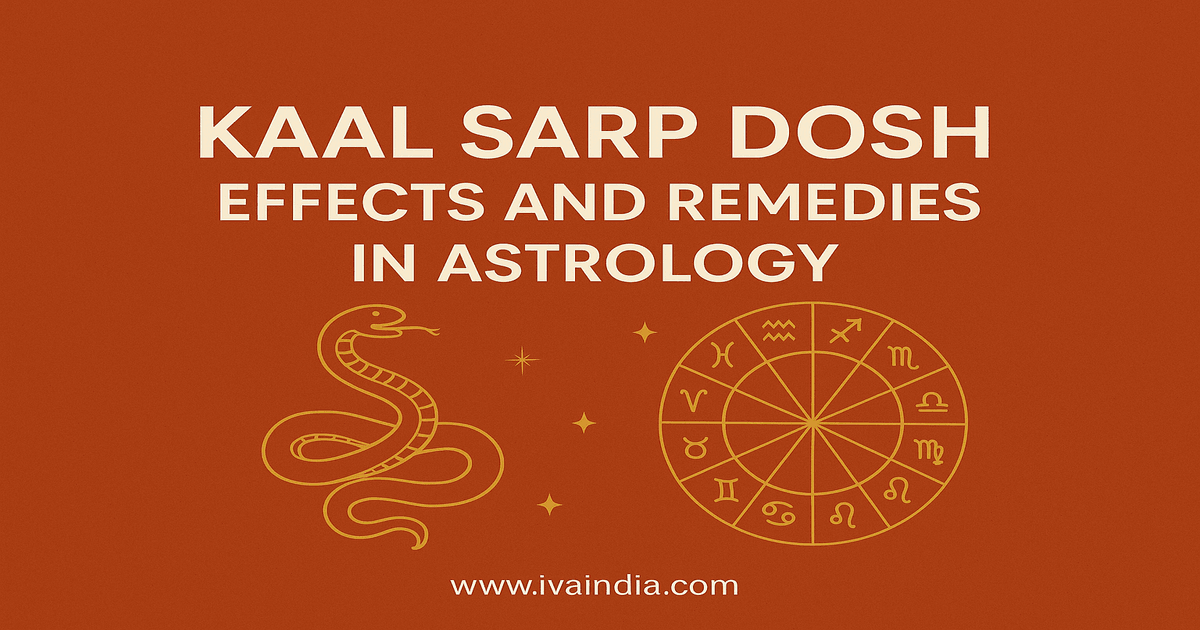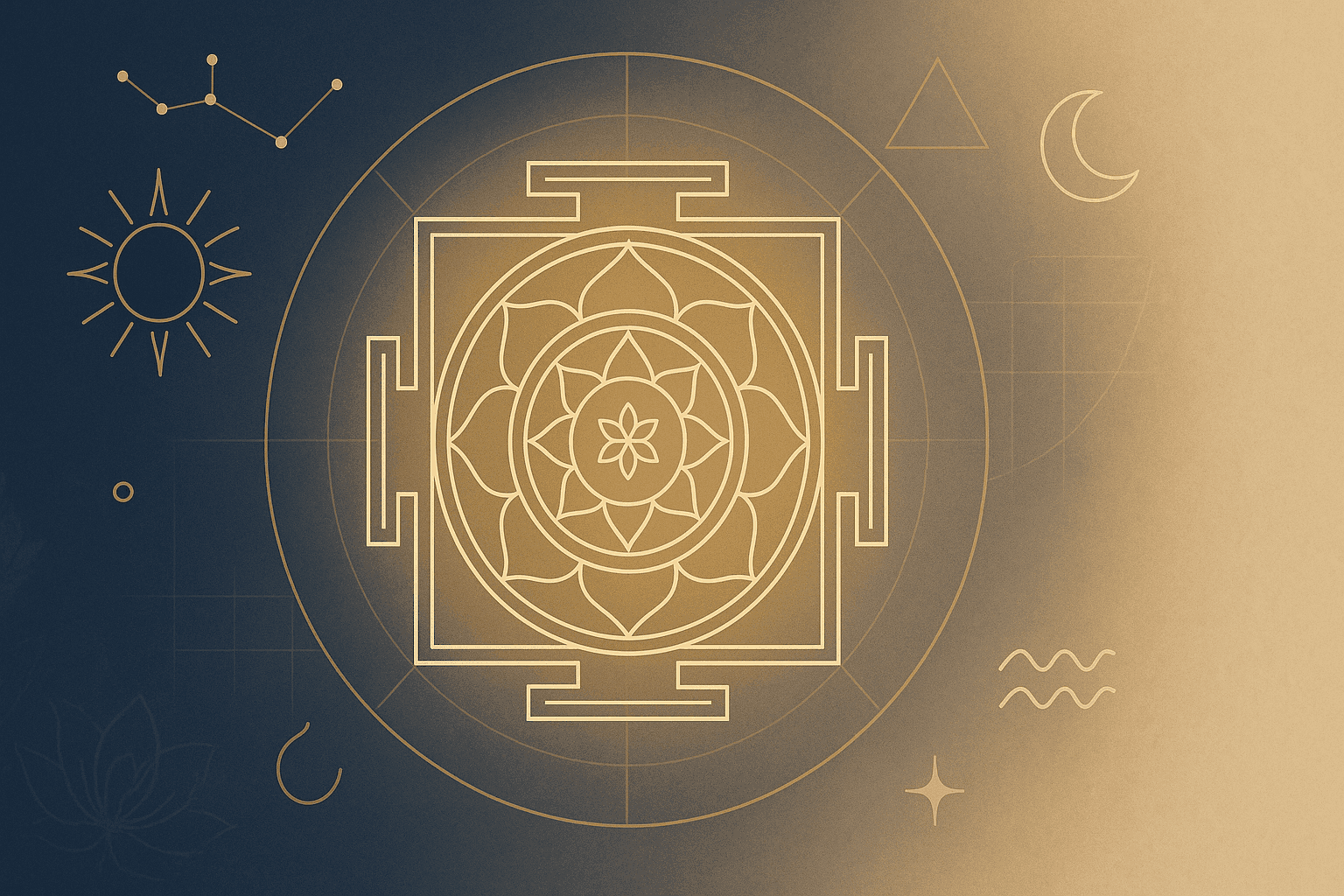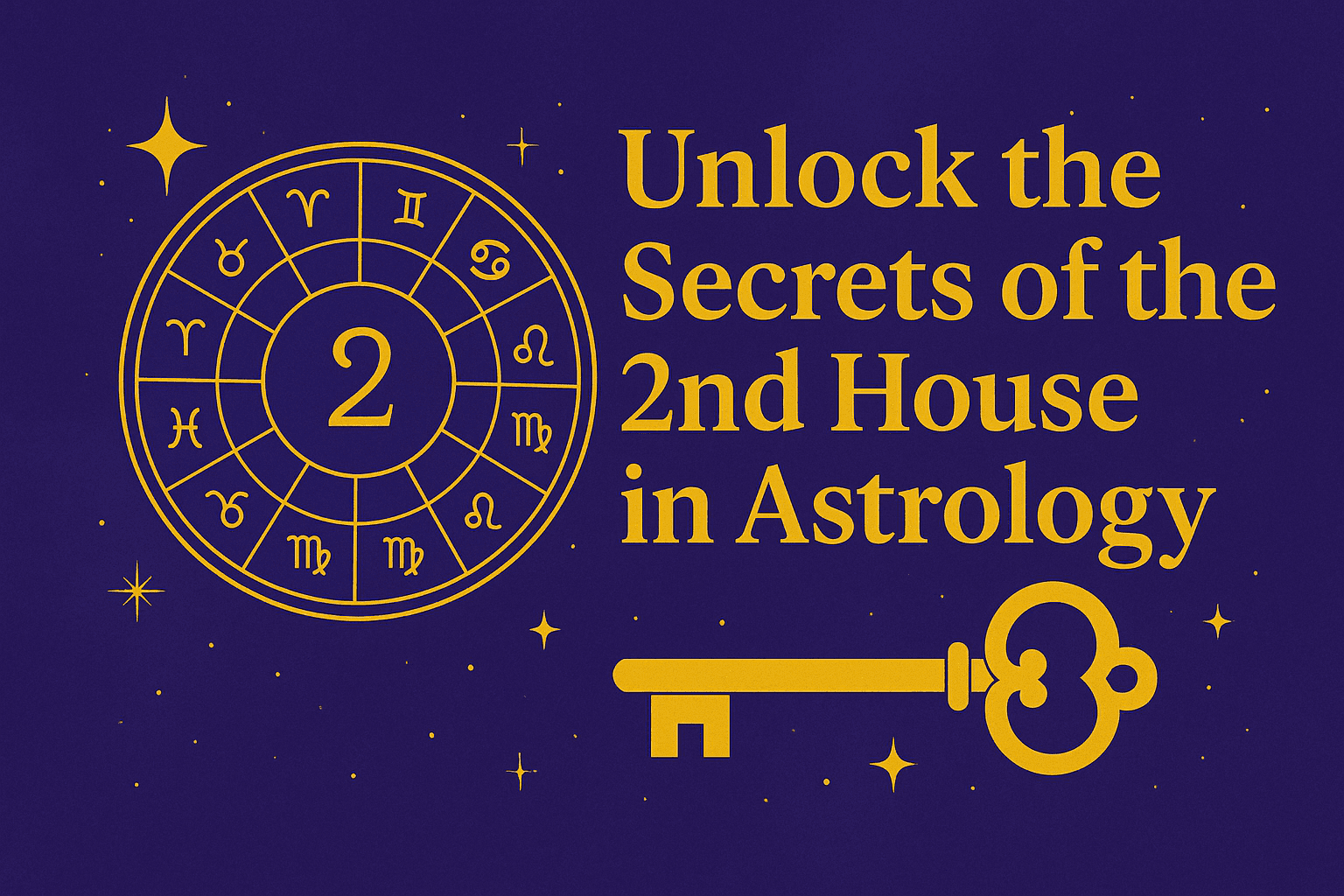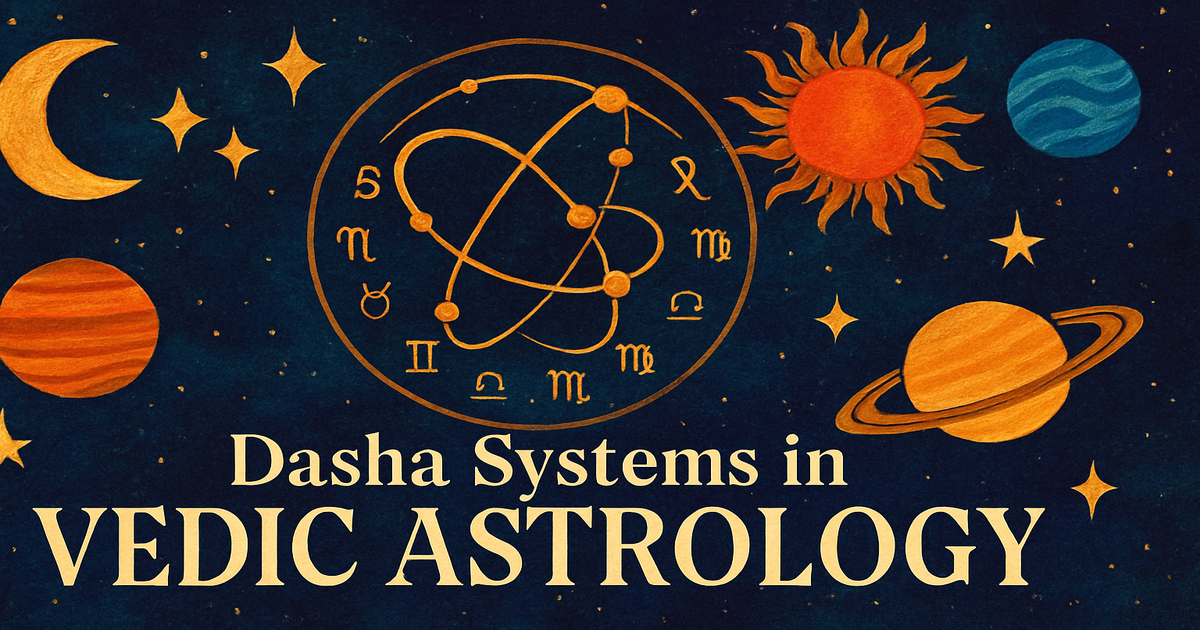Unveiling the Cosmic Order: Deciphering Planetary Aspects in the Natal Chart
By Aashish Patidar Sep 10 2024
Vedic astrology is the ancient Indian art of divination that involves mapping human lives concerning the positions of celestials at the time of their birth. One of the most essential components of such an analysis is represented by the study of the planetary aspects in the Natal Chart—a perfect dance of planets showing the interaction with the different spheres of human lives. Understanding the planetary aspects can be the key to unlocking the mysteries of your destiny, personality, and cosmic alignment.
What are planetary aspects?
S berth The planetary aspect, in simple language, is the angles or geometrical relation of different planets in the natal chart. In other words, those angles or shapes act to connect the planets with invisible threads. These invisible threads, or aspects, serve to change the energies of the planets and alter how they will influence your life. Each of the planets stands for something different—from emotions and desires to intellect, communication, and more. Aspects are a bridge between those planets through which interaction happens, building harmony or causing discord depending on the compatibility of their angles.
In Vedic astrology, the five major aspects are conjunction, sextile, square, trine, and opposition. Each of them produces a different effect on the concerned planets.
Major planetary aspects explained
Conjunction: when two planets fall on the same degree of the sign. When these two planets fall on the same degree of a zodiac sign, they enlarge each other and establish a strong influence in the sphere of human activity involved. This may be a time of strength, unity, or conflict, depending on the planets.
Sextile (60°): The sextile aspect represents a harmonious relationship between two planets. It symbolizes opportunity and cooperation in employing one's abilities and potentials with limited friction. This aspect encourages growth through active participation.
The squares often explain the tension or challenges between planets. Challenge can mean an opportunity for growth, transformation, and change. Though it might be difficult, a square compels one to take action to remove obstacles.
Trine-120°: Trines are considered to be some of the luckiest aspects in a birth chart. Trine energies provide an even flow between planets, supporting each other in their energies. This is often an extremely fortunate aspect, creative, and balancing.
Opposition (180°): As the name itself dictates, oppositions are formed when planets are aligned exactly opposite to each other. This alignment produces pulling in one direction and another, creating an inner tug-of-war or an outer challenge. However, oppositions also strive for balance and compromise and, thus, present the possibility of growth via resolution.
Influence of Planetary Aspects in Vedic Astrology
In Vedic astrology, planetary aspects are considered to be very important, showing the overall energy of a person's natal chart. In these regards, a course on Vedic astrology might have on its curriculum how these aspects apply in an individual online course of astrology when making predictions about the events of marriage, successes in one's career, or health. It is here that learning astrology forms the basis for making correct predictions and giving good advice since these cosmic interactions can be tricky sometimes.
Besides, the benefic and malefic planets take a role. For example, there could be delays or obstructions in areas of life controlled by the houses involved, with a square or opposition from malefic Saturn or Mars. On the other hand, benefic planets like Jupiter and Venus will bring along harmony and positivity when trine or sextile to each other.
How to Study Astrology: Planetary Aspects in Depth
Those who want to delve deeper into this cosmic order should take an online astrology course. Such a course, if comprehensive, would offer not only the theoretical knowledge needed to understand the planetary aspects but also practical know-how in reading and interpreting a natal chart with accuracy. Whether one is an amateur enthusiast or desires a professional career in the astrology field, understanding planetary aspects can take one's practice to the next level.
Nowadays, most of the platforms provide courses on Vedic astrology—both for beginners and advanced practitioners. These courses would not only deal with the planets and their respective aspects but also the predictive techniques using those aspects to forecast big events in one's life. With modern usage of astrology, the same knowledge is much easier to be gained with the use of learn astrology online portals.
Conclusion: Reveal Secrets of Your Natal Chart
The cosmos carries, within itself, answers to some of the most profound queries of life, and aspects are the keys for understanding those answers. As we learn to read the celestial language inscribed in a natal chart, we draw nearer to a deep realization of the energies that shape our personalities, relationships, and life paths. Whether you are new to astrology or looking to expand your knowledge, understanding planetary aspects is key to mastering this ancient art.
Search
Recent Post
-
Kaal sarp dosh in astrology – meaning, effects, remedies & solutions
 Astrology has always been a guiding light for peop...Read more
Astrology has always been a guiding light for peop...Read more -
Vastu tips for home construction – a complete guide for a harmonious home
 Building a home is one of the most significant mil...Read more
Building a home is one of the most significant mil...Read more -
10 proven vastu remedies for health problems: a vedic vastu guide to wellness
 Are you struggling with constant fatigue, sleeples...Read more
Are you struggling with constant fatigue, sleeples...Read more -
2nd house in astrology: wealth, family & value systems
 In Vedic astrology, the 2nd House in astrology is ...Read more
In Vedic astrology, the 2nd House in astrology is ...Read more -
Types of dasha in astrology: decode life’s timelines with vedic wisdom
 In Vedic astrology, timing is everything. While yo...Read more
In Vedic astrology, timing is everything. While yo...Read more

